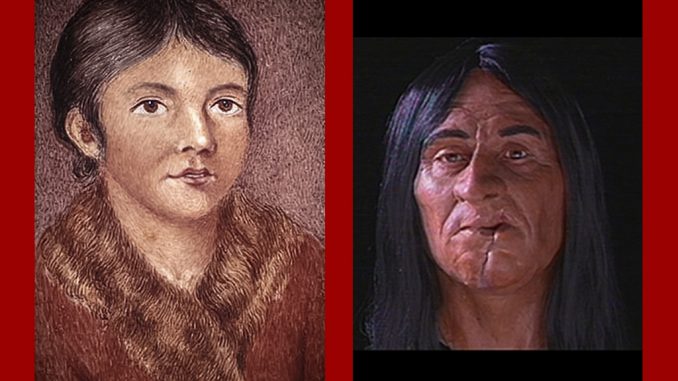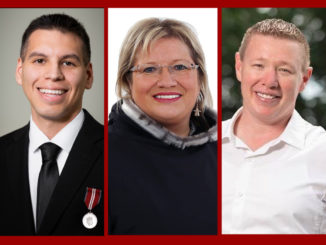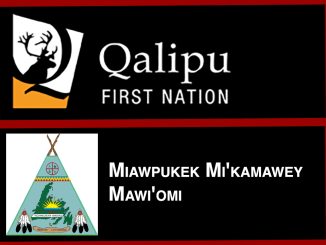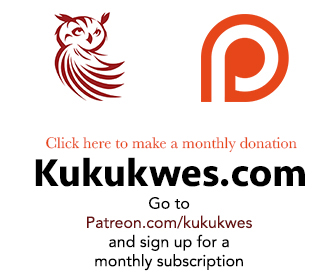
A Mi’kmaw chief in Newfoundland and Labrador is leading an effort to bring home the skulls of two Beothuk individuals currently being stored at a Scottish museum.
Mi’sel Joe, chief of Miawpukek First Nation, N.L., has been lobbying the National Museum of Scotland in Edinburgh since 2014 to have the Beothuk remains returned to Newfoundland and Labrador.
Chief Joe has also contacted both the Newfoundland government and the federal department of Canadian Heritage to assist him with the effort to repatriate the Beothuk remains.
“It’s morally wrong, spiritually wrong and there’s an obligation by this government, the Newfoundland (and Labrador) government and the federal government and the museum in Scotland to have those remains brought back to their homeland,” Chief Joe said in a phone interview.
“While those remains are away from here, those spirits of those people will never be free,” he said.
The skulls are believed to be of Beothuk leader Nonosbawsut and his wife, Demasduit.
In 1819, Nonosbawsut was shot and killed by John Peyton Jr., who had captured Demasduit during an expedition he led to Red Indian Lake. Demasduit lived with Peyton Jr. in Exploits and St. John’s until she died of tuberculosis in 1820. She was eventually buried alongside Nonosbawsut and their infant son.
In 1828, Scottish-Canadian explorer William Cormack removed the skulls of Nonosbawsut and Demasduit from the gravesite and sent them to the Royal Museum of Scotland in Edinburgh.
The Royal Museum eventually became the National Museum of Scotland when it merged with another museum in Edinburgh in 2006.

“Flashses of those people being murdered” – Chief Mi’sel Joe
Chief Joe has travelled to Scotland several times since 2014 to meet with museum officials in Edinburgh to discuss bringing the Beothuk skulls back to Newfoundland.
While Chief Joe is confident the skulls are of Beothuk people, he is not certain they belong to Nonosbawsut and Demasduit. On his second visit to the museum, he was able to view the two Beothuk skulls in a room where they are currently being stored.
“I don’t know if that’s accurate or not. Nobody knows for sure. Supposedly, the chief had a massive scar on his chin, but the skull I saw didn’t have that scar,” Chief Joe said.
During that same visit, he also performed a smudging ceremony and said a prayer with the remains.
“I had flashes of those people being murdered and flashes of their spirit in the sense of being, wandering around for all those years and don’t have that connection to the rest of their bodies,” Chief Joe recalled.
“The tragic story of Newfoundland with those people is a tragedy that will never go away and never be settled because there’s so many outstanding issues like this one where their remains are sitting in a place like Scotland,” he said.
The last known Beothuk and Demasduit’s niece, Shanawdithit, died from tuberculosis in 1829.
Museum needs formal request from Canada regarding repatriation
In a written response to Kukukwes.com, a spokesman for the National Museum of Scotland wrote that Canadian Heritage Minister Melanie Joly did notify the museum in 2016 that it intended to formally request repatriation of the Beothuk skulls.
“We have been happy to provide all materials and information that the Canadian Government has required and are continuing a constructive dialogue with the government and its civil servants,” Bruce Blacklaw wrote.
“At the present time, we have not received a formal request,” Blacklaw said.
In an email, a spokesman with the federal department of Canadian Heritage confirmed the formal request has yet to be submitted.
“The requirements of National Museums Scotland for such requests include a range of elements. It is important to ensure that when the formal request is made, it is as comprehensive as possible,” Jon Schofield of Canadian Heritage wrote.
“The Department is working with the Government of Newfoundland and Labrador to compile all of the required information,” he wrote.

According to the National Museum of Scotland’s policy, its board of trustees will only consider a request for repatriation of human remains if it’s submitted by a national government or recognized national agency or museum with an “endorsement from a community descended from those to whom the remains are ancestral.”
Brian Harvey, the director for Indigenous Affairs with the Newfoundland and Labrador government, confirmed his office is working with Canadian Heritage to gather the necessary documentation to accompany the formal request.
Because the Beothuk people are extinct, leaders representing the Mi’kmaq, Innu and Inuit in Newfoundland and Labrador have signed a letter of support to bring back the Beothuk remains.
According to Harvey, the letter was signed during the province’s Indigenous Roundtable inaugural meeting in May.
“We’re trying to right a wrong,” Harvey said in a phone interview.
“We want to do what we can to respect these individuals to whom it seems very little respect has been given since their passing and even during their lives, perhaps,” he said.
“Their homeland was not Scotland. It wasn’t a museum in Scotland. Their homeland was the Island of Newfoundland. And for me, at least personally, just basic human decency and respect demands that they be returned to their homeland,” he added.
In the meantime, Chief Joe is working with David J. Howat, a lawyer in Edinburgh with family ties to Labrador, in bringing the Beothuk skulls home back to Canada.
“In three years, to me, we’ve come a long way. I know it’s slow going, but we have moved,” Chief Joe said.




